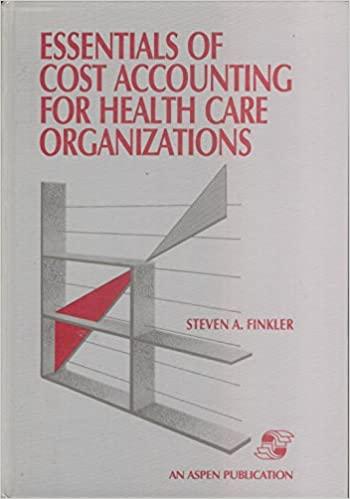Flandro Company uses a standard cost system and sets its predetermined overhead rate on the basis of direct labor-hours. The following data are taken from the company's planning budget for the current year: 5,000 Denominator activity (direct labor-hours) Variable manufacturing overhead cost Fixed manufacturing overhead cost $25,000 $59.000 The standard cost card for the company's only product is given below: (1) (2) (1) Standard Quantity or Hours (2) Standard Price or Rate Standard Cost (1) (2) Inputs Direct materials 3 yards $4.40 per yard $ $13.20 Direct labor 1 hour $12 per hour 12.00 Manufacturing overhead 1 hour $16.80 per hour 16.80 Total standard cost per unit $42.00 During the year, the company produced 6,000 units of product and incurred the following actual results: Materials purchased, 24,000 yards at $4.80 per yard $115,200 Materials used in production (in yards) 18,500 Direct labor cost incurred, 5,800 hours at $13 per hour $75,400 Variable manufacturing overhead cost incurred $29.580 Fixed manufacturing overhead cost incurred $60,400 Required: 1. Create a new standard cost card that separates the variable manufacturing overhead per unit and the fixed manufacturing overhead per unit. 2. Compute the materials price and quantity variances. Also, compute the labor rate and efficiency variances. 3. Compute the variable overhead rate and efficiency variances. Also, compute the fixed overhead budget and volume variances. 4. What effect, if any, does the choice of a denominator activity level have on unit standard costs? Is the volume variance a controllable variance from a spending point of view? Explain. Problem 10A-11 (30 minutes) 1. Direct materials, Direct labor ....... Variable manufacturing overhead Fixed manufacturing overhead Standard cost per unit.......... 2. Materials variances: The variance analysis for plates would be: Actual Quantity of Input, at Actual Price ( Standard Quantity Allowed for Output, at Standard Price Actual Quantity of Input, at Standard Price (_X ) yards x per yard yards x per yard $ $ 1. 1 1 Materials price variance, F/U 2. Materials variances: The variance analysis for plates would be: Actual Quantity of Input, at Actual Price (____) Actual Quantity of Input, at Standard Price Standard Quantity Allowed for Output, at Standard Price X X yards x per yard yards x per yard $ $ 1 1 1 Materials price variance, $ F/U yards x per yarde = $ 1 Materials quantity Variance, F/U $$ Default Style A. Labor variances: The variance analysis would be: Actual Hours of Input, at the Actual Rate Standard Hours Allowed for Output, at the Standard Rate Actual Hours of Input, at the Standard Rate CX hours x $ per hour $. hours x per hour $ = $ 1 1 Labor efficiency Labor rate variance, variance, $ $ F/U U/F Spending variance, $ U/F 2 Var 3. Variable overhead variances: Actual DLHs of Input, at the Actual Rate Actual DLHs of Input, at the Standard Rate Standard DLHS Allowed for Output, at the Standard Rate Cx) ( X .) ) $ DLHS DLHS x $ per DLH x $ per DLH = $ = $ 1 Variable overhead rate Variable overhead variance, efficiency variance, $ U $ F Spending variance, $ F Fixed overhead variances: Actual Fixed Overhead Budgeted Fixed Overhead Fixed Overhead Applied to Work in Process $ $ DLHS X $ $ per DLH = $ 1 1 Volume variance, Budget variance, $ U/F $ F/U 4. The choice of a denominator activity level The volume variance can/cannot be controlled by controlling spending
















